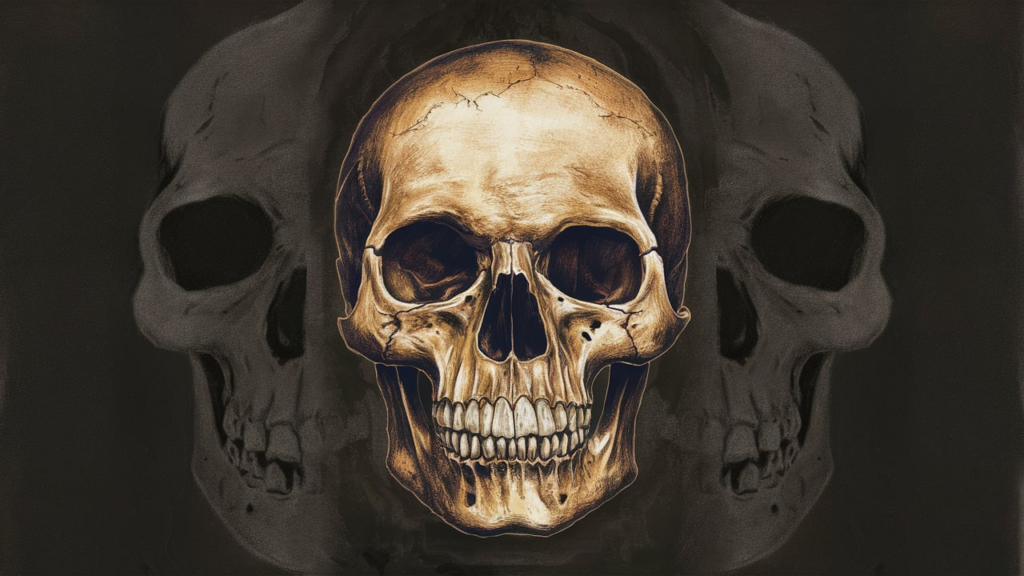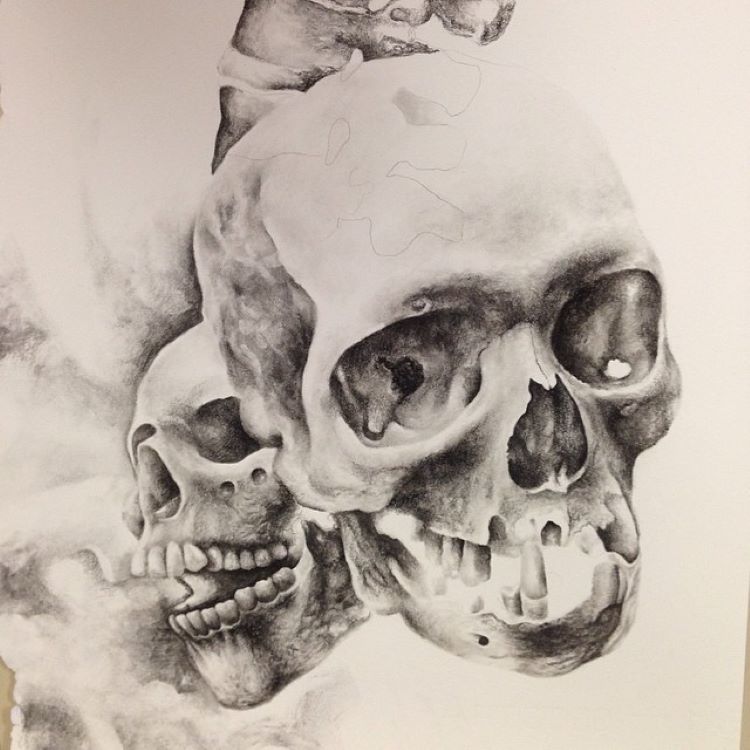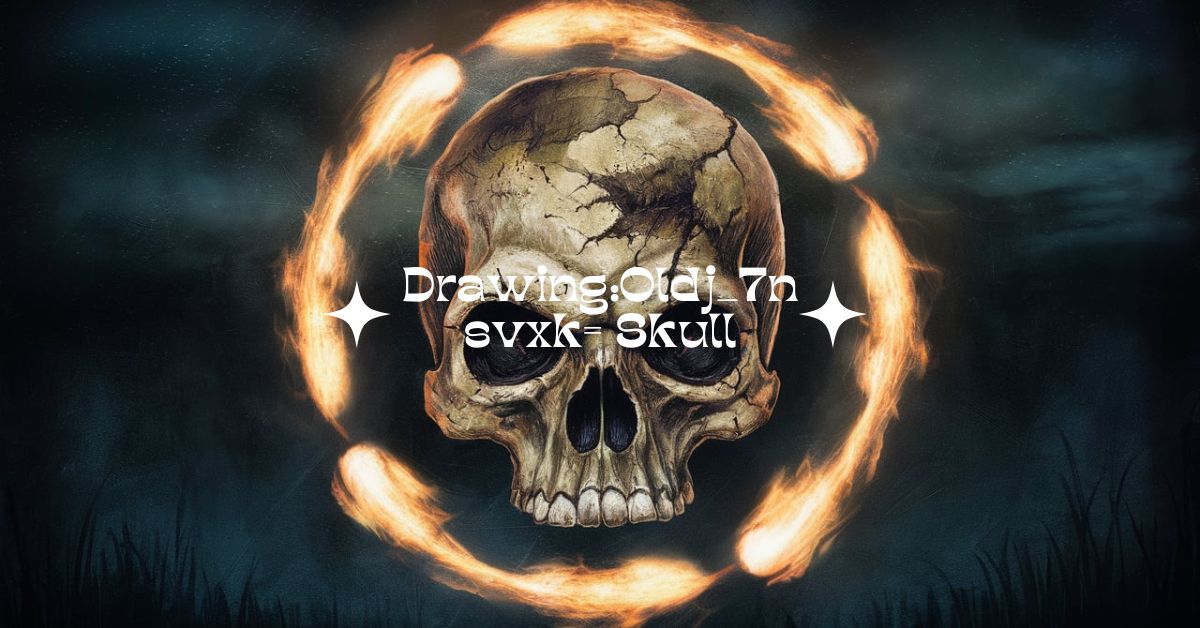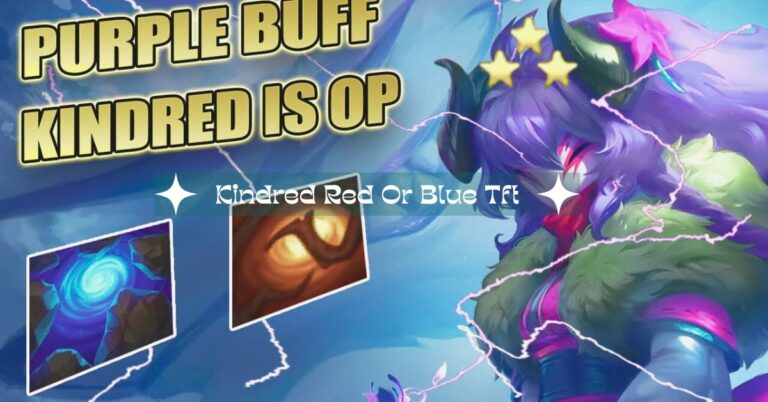Drawing:Oldj_7nsvxk= Skull: A Comprehensive Guide For Beginners!
In my experience, “Drawing: Oldj_7nsvxk= Skull” was about drawing a skull and making it look real. I added texture to the bones and shaded the dark areas like the eye sockets. This made the skull look 3D and more lifelike, which was really fun to see come together.
“Drawing: Oldj_7nsvxk= Skull” seems to be a skull drawing with a unique style. To make it stand out, focus on adding texture and shading. Use light strokes for details and dark shading for depth in areas like the eye sockets and nasal cavity.
What is a Skull?
The skull is the bony structure that forms the head and protects the brain. It supports the face, including the eyes, nose, and mouth. Made up of several bones that are fused together, the skull plays an important role in protecting vital organs. Additionally, it helps with facial movements and expressions.
Why Drawing:Oldj_7nsvxk= Skull?
Skulls have long been used in art as symbols of mortality, mystery, and the passage of time. They appear in everything from ancient art to modern-day designs, tattoos, and Halloween decorations. Learning to draw a skull is not only about capturing a subject but also about honing your artistic skills.

Drawing skulls helps you learn about proportions, anatomy, and how light interacts with form. Plus, skulls are a fantastic way to practice shading, texture, and depth—crucial elements in all realistic drawings.
Essential Materials for Drawing a Skull:
Before you dive into the drawing process, it’s important to gather the right materials. While you don’t need expensive art supplies, using high-quality tools can significantly improve the final result. Here are the basic materials you’ll need to get started:
1. Pencils:
Use a range of pencils from hard (H) to soft (B) for different line types. Hard pencils create lighter lines, while soft ones are great for shading. Softer pencils help add depth and texture.
2. Paper:
Choose smooth, heavyweight paper for clear, detailed sketches. Textured paper helps with shading and blending. It provides a solid surface for intricate details.
3. Erasers:
A kneaded eraser can lighten areas without damaging the paper. A precision eraser helps to add fine details or correct mistakes. Both are essential for control in your drawing.
4. Blending Tools:
Blending stumps or tortillons softens pencil strokes and create smooth shading. They help blend shadows and highlights seamlessly. Use them to add depth and dimension to the skull.
5. Reference Images:
Use clear, detailed reference images for accuracy. They guide proportions and help you understand the skull’s structure. A good reference image makes the drawing more realistic.
The Anatomy of a Skull:
Before you start drawing, it’s helpful to understand the basic anatomy of the skull. A skull consists of several distinct sections that contribute to its shape and structure. These parts include:
1. Eye Sockets:
The eye sockets are large, circular or oval cavities in the skull. They’re located just below the brow ridge and are essential in giving the skull its characteristic facial appearance.
2. Nasal Cavity:
The nasal cavity is an inverted triangular area located between the eyes and above the mouth. Understanding its placement is crucial when sketching the face of the skull.
3. Jawline:
The mandible is the lower part of the skull and shapes the jawline. It connects to the skull at the jaw joint. Focus on the curve when drawing to show its strong, angular look.
4. Cheekbones:
The zygomatic bones give the face its high cheekbones. They sit just below the eyes and add shape to the skull. Emphasize the curve to make the skull look more detailed and realistic.
5. Skull Shape:
The skull is typically oval or rounded, with the brow ridge forming the upper edge and the jawline forming the lower boundary. A good understanding of the skull’s basic outline will help you achieve proportion and balance in your drawing.
REad: Wallpaper:W8afdlsra5a= Christmas – A Curated Collection!
Step-by-Step Guide to Drawing a Skull:
Let’s break down the process of drawing a skull. This step-by-step guide is designed to help you create a simple and realistic skull drawing, even if you’re a beginner.
Step 1: Start with the Basic Outline
Begin by drawing an oval or round shape for the skull. This will act as the foundation for your drawing. Lightly sketch this outline to allow for easy corrections later.
Step 2: Add Guidelines
Draw a vertical line down the center of the skull. This will help you maintain symmetry as you work. Then, add a horizontal line through the middle of the oval to mark the placement of the eyes. These guidelines are essential for keeping your drawing balanced.
Step 3: Draw the Eye Sockets
Using the horizontal line as a reference, sketch two large, oval-shaped eye sockets. These should be located on either side of the vertical guideline. The size and shape of the eye sockets can vary depending on the skull style you prefer.
Step 4: Add the Nose Cavity
Below the eye sockets, draw the inverted triangle for the nasal cavity. This should be positioned centrally along the vertical guideline and just slightly below the halfway mark.
Step 5: Outline the Jaw
For the jaw, start by drawing a curved line beneath the skull’s outline. The jaw should angle slightly outward and then curve inward at the chin. Make sure to connect the bottom of the jawline smoothly to the sides of the skull.
Step 6: Draw the Cheekbones
On either side of the eye sockets, draw the prominent cheekbones. These should curve outward and help define the skull’s structure. Be mindful of the skull’s proportions here.
Step 7: Add Details
Now that the basic structure is in place, add smaller details like the teeth or minor bone structure to enhance the skull’s realism. Don’t forget to sketch the back of the skull if you want a more comprehensive drawing.
Skull Drawing Ideas for Creativity:

Once you’ve mastered the basic skull drawing, you can start experimenting with different ideas to personalize your artwork:
1. Add Texture to the Skull:
Experiment with adding details like cracks or weathered areas to the skull. This can give it an aged or worn appearance. Texture adds character and depth to your drawing.
2. Try Different Angles:
Challenge yourself by drawing skulls from different perspectives. Drawing a skull from below or from an angle changes its look. It will also help improve your drawing skills.
3. Combine Skulls with Other Themes:
Incorporate skulls into larger artworks, such as adding flowers, flames, or intricate patterns. This creates a more dynamic composition. The skull can become part of a unique design.
4. Draw Skeleton Faces:
Add facial features like teeth or eyes to your skull for a more expressive look. This turns a simple skull into a full skeleton face. It can add personality and emotion to your drawing.
5. Go Minimalistic:
Try drawing a simple skull outline with little or no shading. A clean, minimalist design can still be powerful. This style focuses on shape and form rather than detail.
Read: Animal:Lxjjx7snyfs= Wolverine – The Lone Wolf Of The Wild!
FAQs:
1. How to draw a diagram of a skull?
Start with an oval for the skull’s shape and add a U-shaped jaw. Draw circles for the eyes and an upside-down triangle for the nose. Finish by adding lines for the cheekbones and teeth.
2. Why do artists draw skulls?
Artists draw skulls to study human anatomy and improve their drawing skills. They also symbolize themes like mortality or transformation. Skulls help artists practice light, shadow, and depth.
3. How to paint a skull for kids?
Draw a simple oval for the skull and add a curved jawline. Paint the eye sockets and nose hole with dark colors, then add fun colors to the skull. Finish with small details like teeth and shading.
4. How do you draw a skull Emoji?
Draw a circle for the skull and add two black eye sockets. Create an upside-down triangle for the nose and a straight line for the teeth. Fill the eye sockets and nose hole with black to complete the emoji.
Conclusion:
Drawing a skull is a fun way to improve your art skills. By learning the basic parts of the skull and using shading, you can make your drawing look realistic. Keep practicing and adding your style, and you’ll soon create amazing skull art!
Read more:






